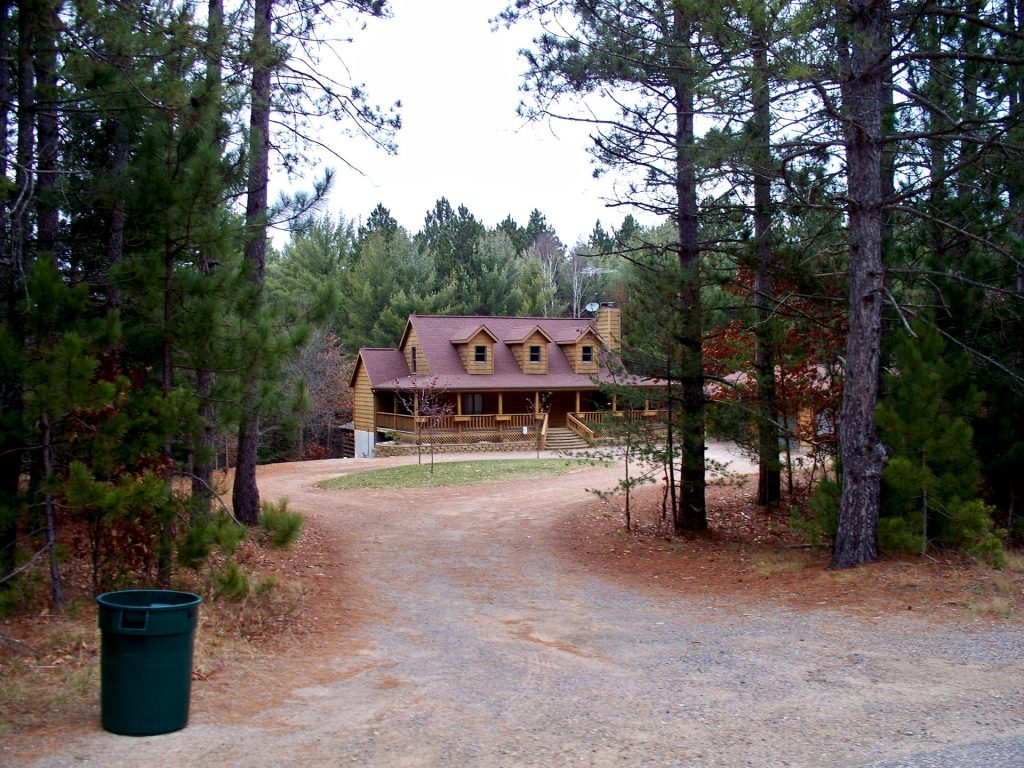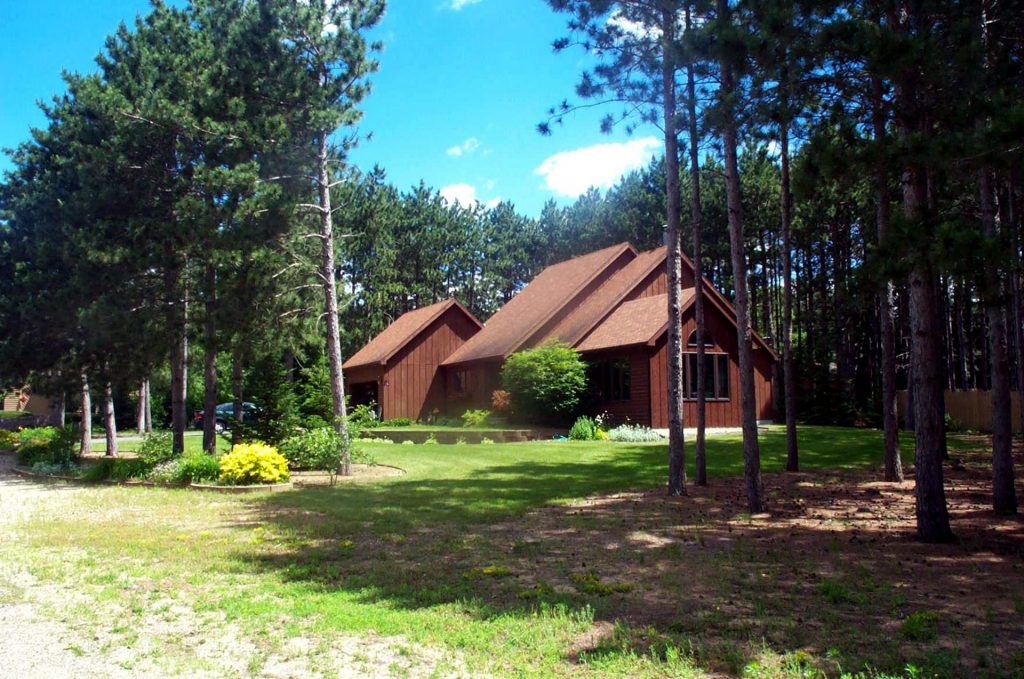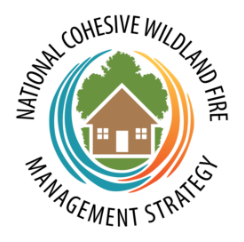National Cohesive Strategy, Goal Two
Fire-adapted communities
Human populations and infrastructure can withstand a wildfire without loss of life and property.
This section provides a set of links and resources to assist wildland fire managers and practitioners with information to support assisting communities with addressing potential wildfire risks in the Northeast Region.

NE RSC Wildfire Risk Assessment and Planning Work Group
While there is a certainly a wildfire risk to communities in many areas of the Northeast, community wildfire planning is often not seen as a priority when there are more frequent threats from snow & ice storms, hurricanes, tornadoes, flooding, etc. An all-hazard planning approach that includes wildfire risk is probably a more effective way to get planning done at the state and local levels.
In 2018, the NE RSC formed a wildfire risk assessment and planning working group for the following purpose:
- Foster collaboration and communication among all regional partners and stakeholders to address the identified barriers and issues, facilitate training, information sharing, and improve collaboration with other regional and national partners.
Work Group tasks may include, but are not limited to:
- Evaluate other wildfire risk assessment efforts across the country
- Engage with research entities to explore various approaches and tools being developed and utilized for different scales and purposes
- Explore and promote the use of LANDFIRE data where applicable and appropriate
- Propose a set of minimum standards as a foundation for wildfire risk assessments in the NE
Northeast Region Wildfire Risk Assessment
The USDA Forest Service has also begun a region-wide wildfire risk assessment project that will cover all lands in the 20 Northeast-Midwest states. When completed, this assessment will be used by the Forest Service and State agencies to inform budget allocations, assist with community planning, fuel treatment planning and prioritization, and to support state forest action and hazard mitigation plans, and national forest plan revision processes. Once complete, sometime in 2020, the Northeast Regional Risk Assessment will likely be accessed through an on-line portal like other regional risk assessments.
This report provides the foundation for regional wildfire risk assessments: A wildfire risk assessment framework for land and resource management, Gen. Tech. Rep. RMRS-GTR-315. U.S. Department of Agriculture, Forest Service, Rocky Mountain Research Station.

Northeast Wildfire Preparedness Resource Guide
A Wildfire Planning and Preparation Resource Guide to assist Residents, Homeowner Associations (HOA), Neighborhood and Civic groups, local Communities, and Fire and Emergency Services in the 20 States of the Northeast and Midwest U.S.
Northeast-Midwest Wildfire Risk Assessment Portal: The Northeast-Midwest Wildfire Risk Assessment Portal and Risk Explorer are the primary mechanisms for the Northeast-Midwest State Foresters Alliance (NMSFA) to deploy wildfire risk information and create awareness about wildfire issues across the region.
- The Community Assessor provides community mapping, mobile hazard assessment and rating, record review, record filtering and output in a way that supports the development of CWPPs and Firewise Recognitions.
- The Community Exposure Dashboard allows users to view exposure and risk data for communities throughout the Northeast-Midwest region or a specific state.
Fire-Adapted Communities Learning Network
The Fire Adapted Communities Learning Network encourages the development and sharing of best practices and innovations in order to accelerate the adoption of fire adapted community concepts nationwide. The Network currently supports eighteen hub organizations and pilot communities that have committed to implementing, assessing and sharing the work that they are doing to increase their communities’ resilience to wildfire.
Funding is provided by the USDA Forest Service’s Fire Adapted Communities Program, and the Network is managed by the Watershed Research and Training Center and The Nature Conservancy.
There are two Learning Hubs located in the Northeast Region, in Mercer County, New Jersey and in Ely, Minnesota. See the following descriptions for details.
The Community Wildfire Defense Grant Program
USDA Forest Service
The Community Wildfire Defense Grants are intended to help at-risk local communities and Tribes plan and reduce the risk against wildfire.
The Act prioritizes at-risk communities in an area identified as having high or very high wildfire hazard potential, are low-income, and/or have been impacted by a severe disaster. More details on these three priorities can be found in the Notices of Funding Opportunity (NOFOs) below.
The Community Wildfire Defense Grant helps communities in the wildland urban interface (WUI) implement the three goals of the National Cohesive Wildland Fire Management Strategy (Cohesive Strategy):
- Restore and Maintain Landscapes: Landscapes across all jurisdictions are resilient to fire-related disturbances, in accordance with management objectives.
- Create Fire Adapted Communities: Human populations and infrastructure can better withstand a wildfire without loss of life and property.
- Improve Wildfire Response: All jurisdictions participate in making and implementing safe, effective, efficient risk-based wildfire management decisions.
The grants are funded through the Bipartisan Infrastructure Law.
There are two primary project types for which the grant provides funding:
- The development and revision of Community Wildfire Protection Plans.
- The implementation of projects described in a Community Wildfire Protection Plan that is less than ten years old.
For more information, go to the CWDG web page

